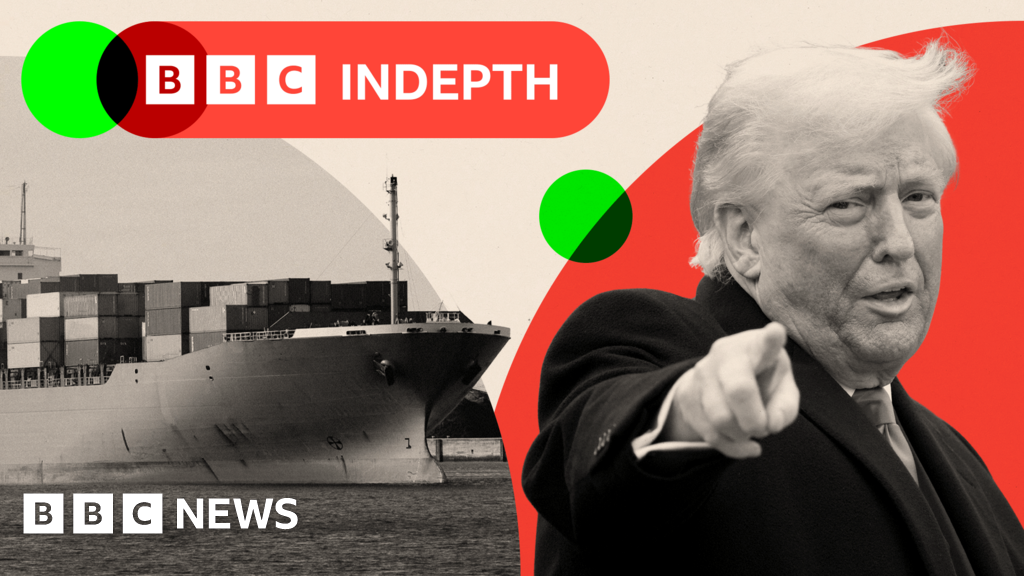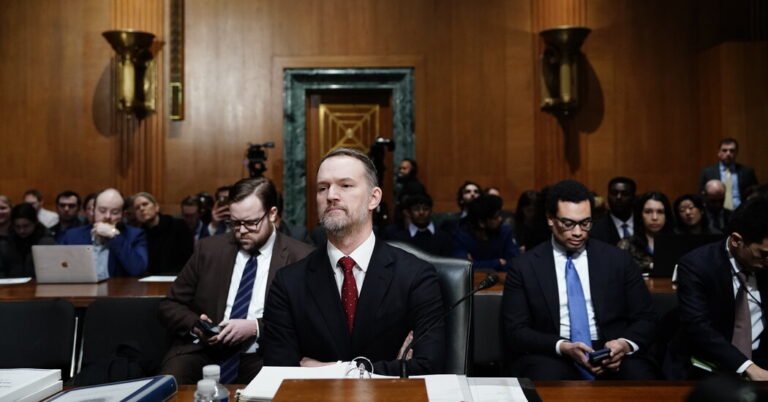President Donald Trump has built another wall, and he thinks everyone else is going to pay for it. But his decision to impose sweeping tariffs of at least 10% on almost every product that enters the US is essentially a wall designed to keep work and jobs within it, rather than immigrants out.
The height of this wall needs to be put in historical context. It takes the US back a century in terms of protectionism. It catapults the US way above the G7 and G20 nations into levels of customs revenue, associated with Senegal, Mongolia, and Kyrgyzstan.
What occurred this week was not just the US starting a global trade war, or sparking a rout in stock markets. It was the world’s hyper power firmly turning its back on the globalisation process it had championed, and from which it handsomely profited in recent decades.
And in so doing, the White House also turned its back on some fundamentals of both conventional economics and diplomacy.
Trump talked a lot about 1913 in his announcement. This was a turning point when the US both created federal income tax and significantly lowered its tariffs.
The basic lesson the White House has taken from this is that high tariffs made America “great” the first time, and also meant that there was no need for a federal income tax.
On this side of the Atlantic, underpinning globalisation and free trade are the theories of 19th-Century British economist David Ricardo. In particular, the 1817 Theory of Comparative Advantage.
The US service sector thrived, dominating the world from Wall Street and Silicon Valley. US consumer brands used hyper-efficient supply chains stretching into China and East Asia to make incredible profits selling their aspirational American products everywhere.
The US economy did very well indeed. The problem, simply, was that it was not evenly distributed among sectors. And what the US lacked was levels of redistribution and adaptation to spread that wealth across the country.
Now, as the US chooses to reshore its manufacturing with a sudden jolt of protectionism, other countries also have choices as to whether to support the flows of capital and trade that have made the US rich.
The world’s consumers have choices.
Ultimately, this is the first social media trade war. The experience of Tesla’s sale slump and Canada’s backlash against US goods may prove contagious. That would be as powerful as any counter-tariff.
These countries that bet on being the workshops for US consumers have choices over trade too. New alliances will form and intensify that seek to cut out an erratic US.
For now, the US is checking out of the global trade system it created. It can continue without it. But the transition is going to be very messy indeed.
Source link




